I first visited Australia back in 2019, just months before the world shut down. Looking back, I feel lucky to have explored this vast continent when its cities were still buzzing with their usual energy and its natural wonders were drawing visitors from every corner of the globe.
What makes Australia special is how it manages to pack so many different experiences into one country. From the red dust and ancient rock formations of the Outback to the clear waters of the Great Barrier Reef, from laid-back surf towns dotting the coastline to the coffee culture of Melbourne’s hidden laneways, Australia serves up something new at every turn.
So where should you go in Australia? I’ve combined my personal experiences from multiple trips down under with insights from local friends who know their country inside and out. Here’s our carefully curated list of places that show off the very best of what Australia has to offer.
Great Barrier Reef, Queensland
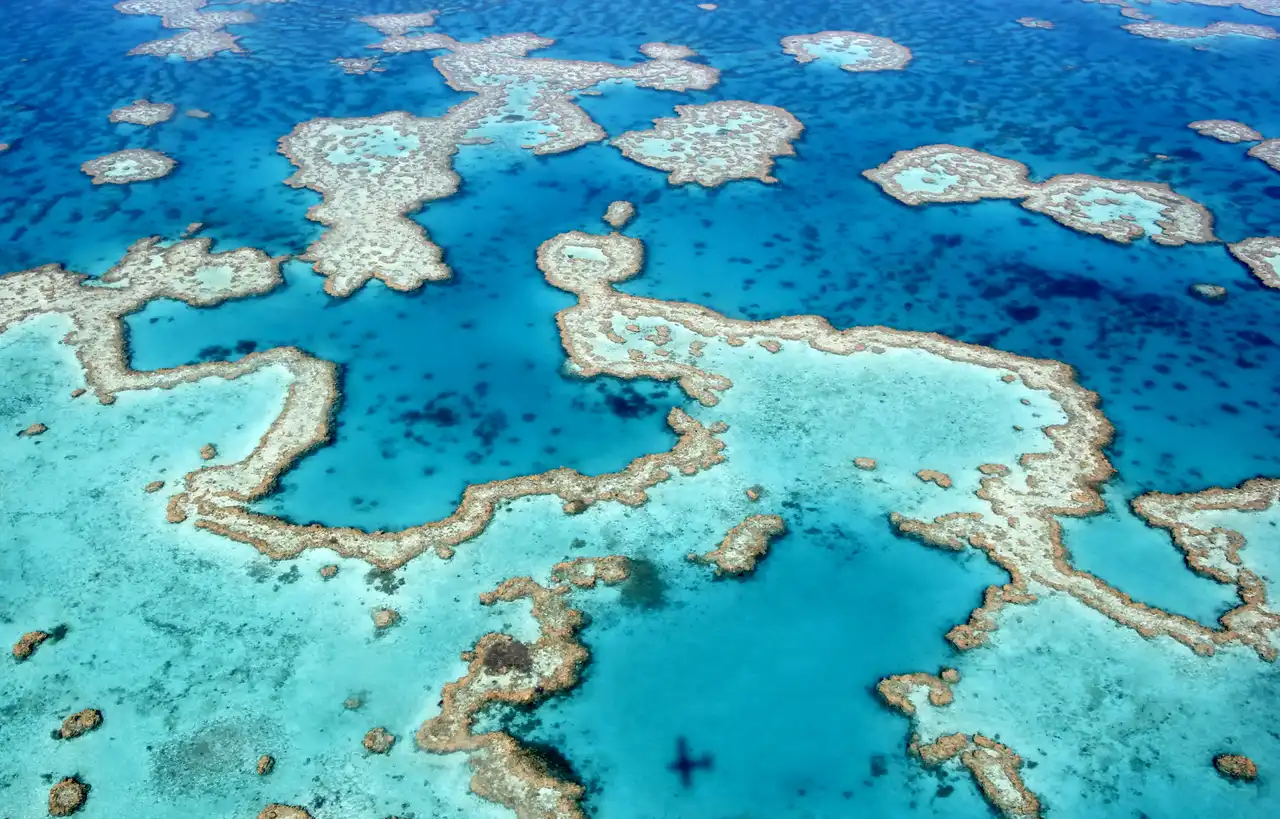
I always recommend travelers add the Great Barrier Reef to their Australia bucket list. Stretching over 1,500 miles along Queensland’s coast, this natural wonder is home to more than 1,500 species of fish, 400 types of coral, and countless other marine creatures. You can snorkel with sea turtles, dive alongside reef sharks, or take a glass-bottom boat tour to spot colorful parrotfish and giant clams in the crystal-clear waters.
Sydney Opera House, Sydney

The Sydney Opera House wasn’t just another stop on my Australian adventure in 2019 – it was the highlight that made me fall in love with Sydney Harbor. Perched on Bennelong Point like a collection of giant white shells catching the sunlight, this iconic building has been turning heads since 1973. The architectural masterpiece spans over 4 acres and houses multiple venues where everything from classical concerts to rock shows unfolds daily. I spent hours wandering the exterior walkways, watching ferries crisscross the harbor and taking in the perfect views of the Harbor Bridge. The guided tour revealed the fascinating story behind its construction, but my favorite memory is sipping wine at Opera Bar as the setting sun painted those famous white sails in shades of pink and orange.
Uluru-Kata Tjuta National Park, Northern Territory
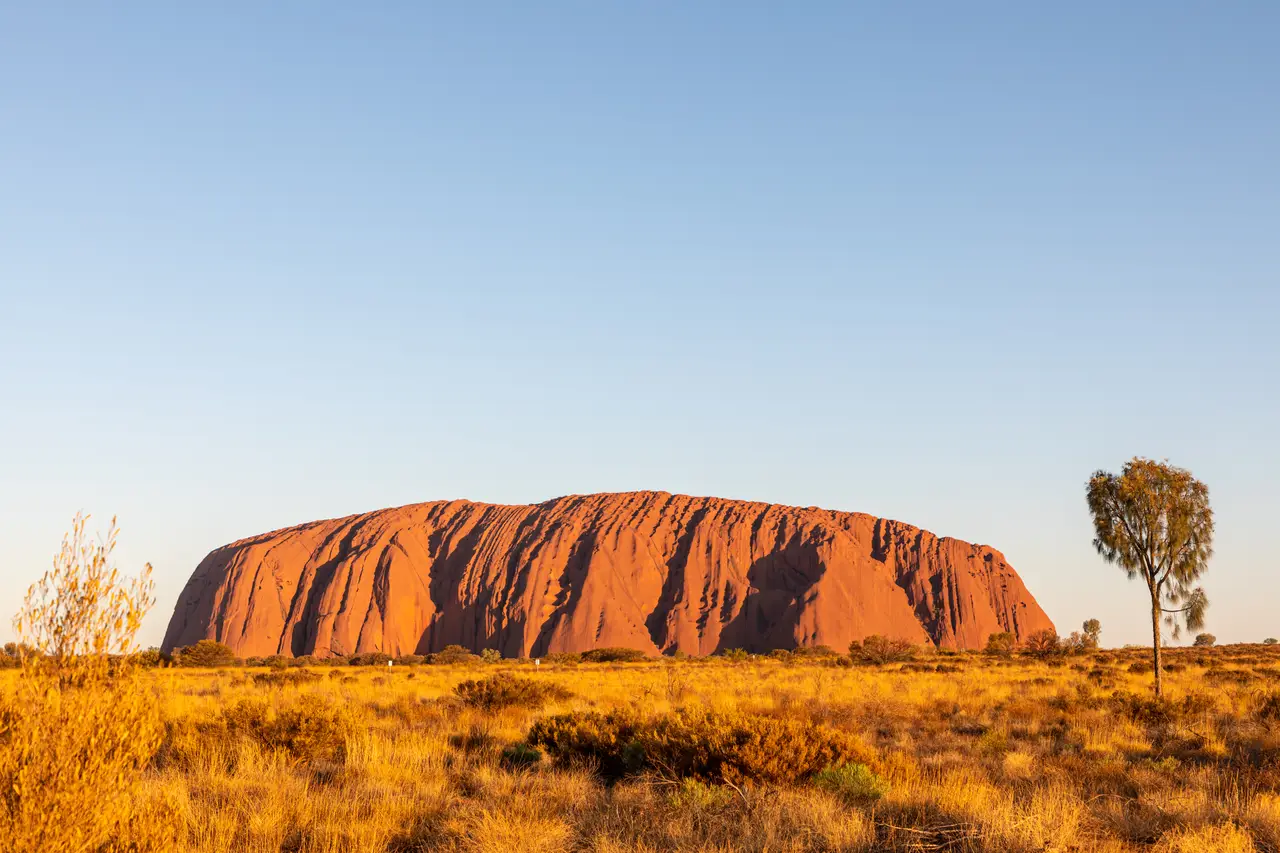
Have you ever watched the sun paint the desert sky in shades of red and purple? That’s a daily occurrence at Uluru-Kata Tjuta National Park, where Australia’s most famous natural landmark rises 348 meters from the dusty outback plains. Sacred to the local Anangu people for thousands of years, this UNESCO World Heritage site offers more than just the iconic Uluru rock formation. You can walk among the 36 dome-shaped rocks of Kata Tjuta, learn about Aboriginal culture through ancient rock art, or join a ranger-guided tour to understand the deep spiritual significance of this special place.
Great Ocean Road, Victoria
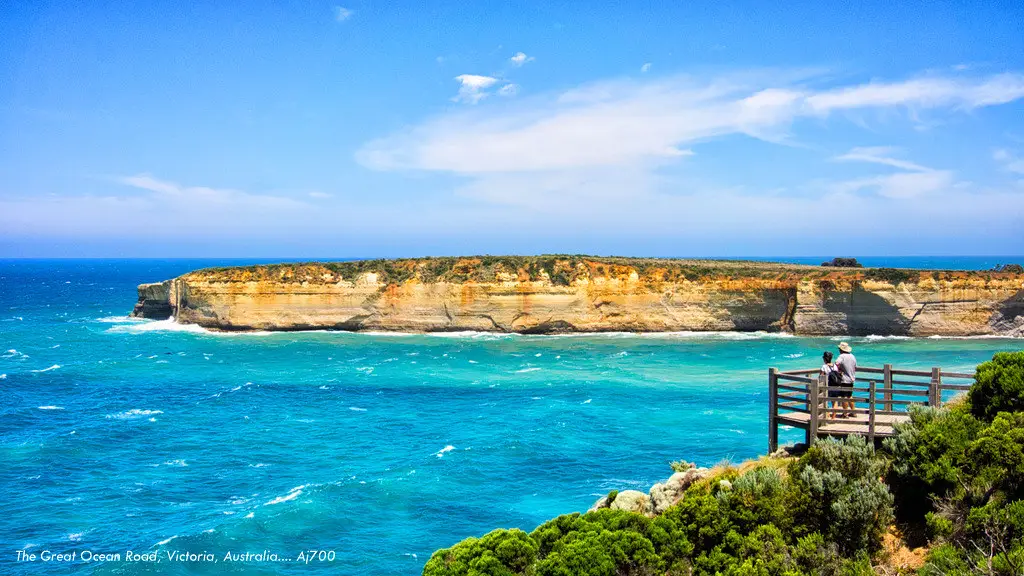
Many travelers come to Victoria’s Great Ocean Road for the famous Twelve Apostles limestone stacks, but this coastal route offers much more than just rocky formations. The 243-kilometer stretch winds along Australia’s southeastern coast, passing through beach towns, rainforests, and seaside cliffs. While driving the road itself takes around three hours, visitors often spend several days exploring the different stops – from the surf town of Torquay to the charming fishing village of Port Campbell. In the winter months, you might spot whales breaching offshore, while summer brings perfect conditions for swimming at beaches like Bells Beach and Apollo Bay.
Bondi Beach, Sydney
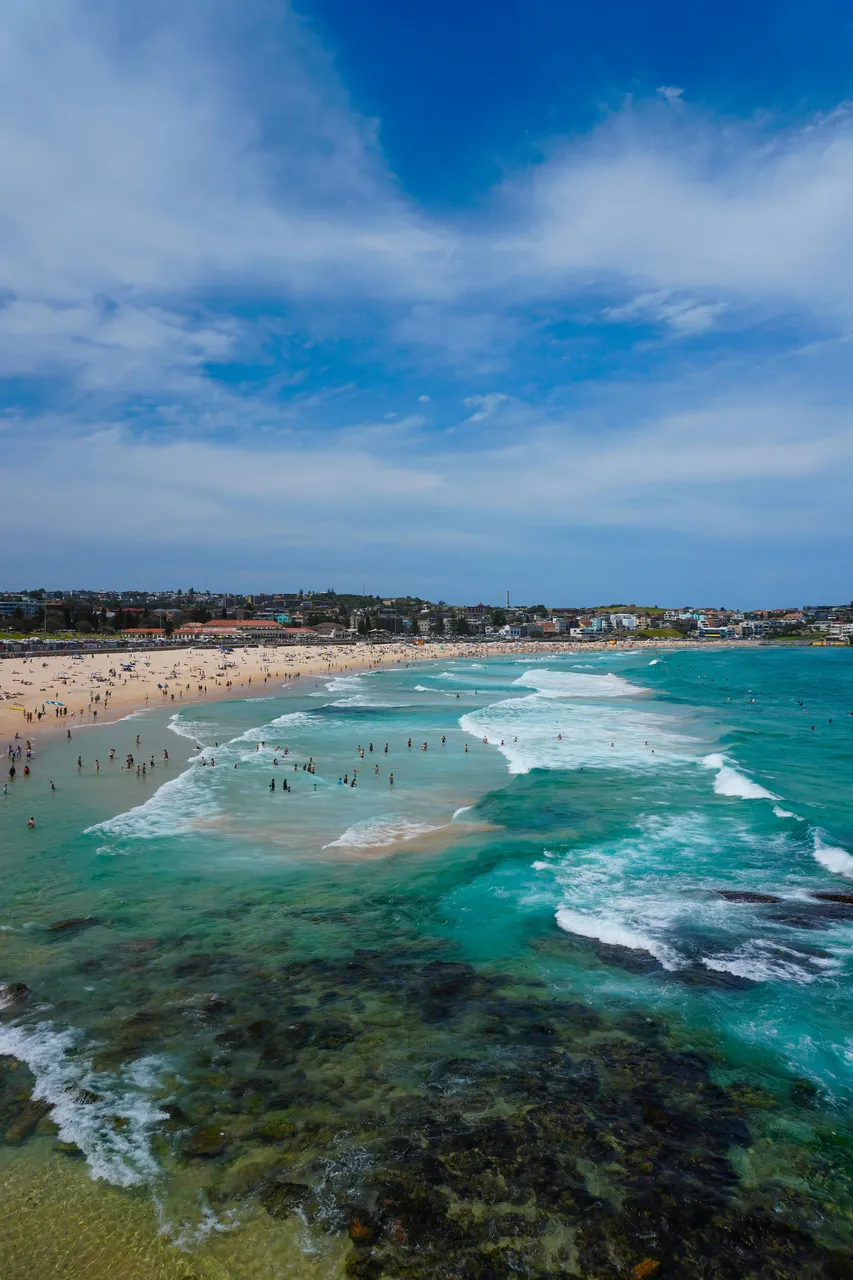
Many travelers come to Sydney’s Bondi Beach for its famous crescent of golden sand, but this beachside suburb offers much more than just sunbathing spots. The 6-kilometer coastal walk from Bondi to Bronte draws both locals and visitors, winding past sandstone cliffs and smaller beaches along the way. While summer brings crowds of surfers and swimmers to its shores, Bondi maintains its laid-back charm year-round with hip cafes, weekend markets, and a thriving food scene. The iconic Bondi Icebergs pool, perched right on the ocean’s edge, lets you swim laps while waves crash nearby, and the neighborhood’s street art and boutiques make it worth exploring beyond the beach.
Did you know?
Ever wonder where the world’s first surf lifesaving club was founded? Bondi Beach made history in 1907 when it established the Bondi Surf Bathers’ Life Saving Club, kickstarting a lifesaving movement that would spread to beaches across the globe.
Daintree Rainforest, Queensland

If you’re looking to experience the world’s oldest living rainforest, head to the Daintree in Queensland. Located just north of Port Douglas, this 180-million-year-old wonderland spans 1,200 square kilometers and houses countless rare species you won’t find anywhere else, from the prehistoric cassowary bird to the tree-dwelling kangaroo.
Gold Coast, Queensland
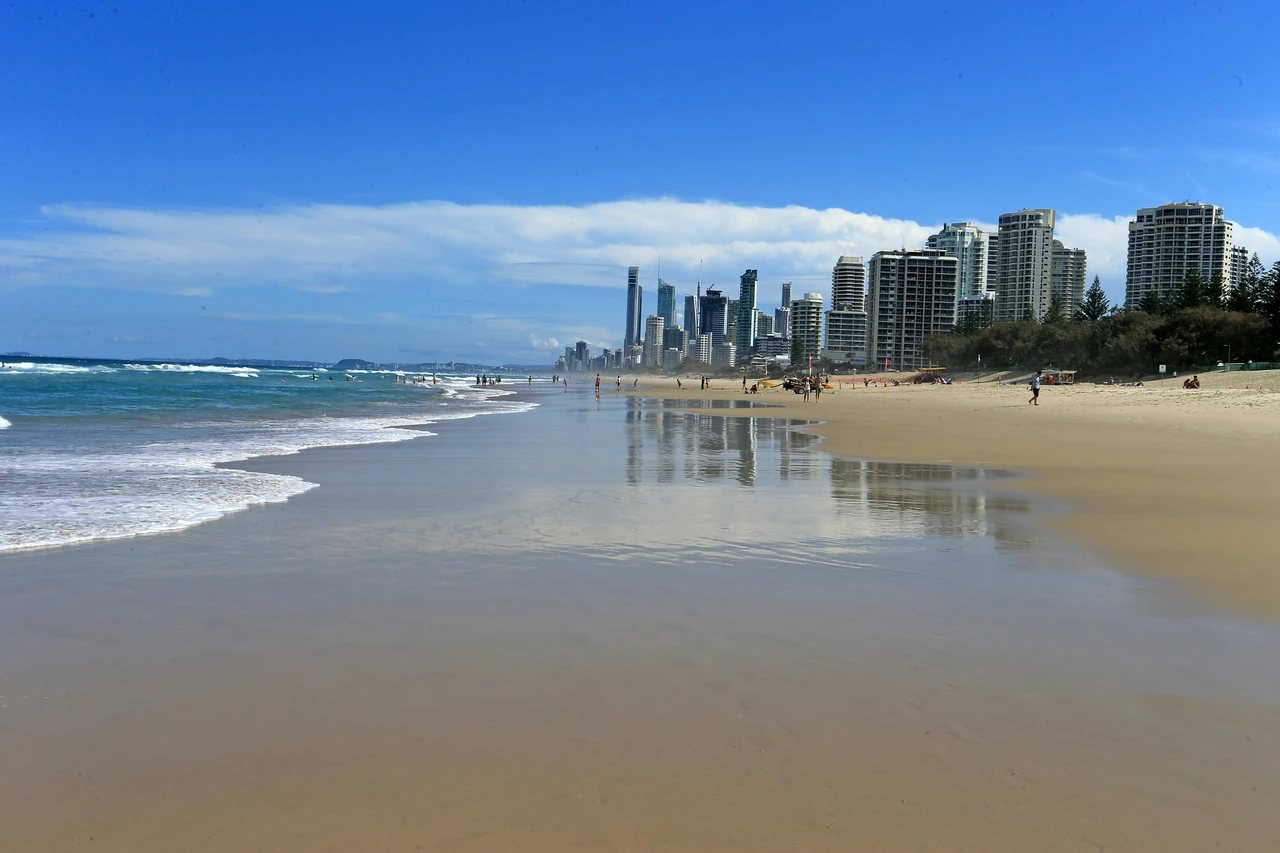
Ever wondered what it’s like to live in a place where the beach meets the city? That’s exactly what you’ll find on the Gold Coast, where golden sand stretches for 57 kilometers along Australia’s eastern shore. This sunny Queensland destination combines world-class surf breaks with towering skyscrapers, creating a unique skyline that’s become an Aussie icon. Whether you’re hitting the waves at Surfers Paradise, screaming your head off at theme parks like Dreamworld and Movie World, or exploring the lush rainforests of the hinterland, the Gold Coast serves up endless ways to play. You can spot migrating whales from June to October, or simply kick back at a beachfront café where watching surfers catch waves is practically a local sport.
Melbourne, Victoria
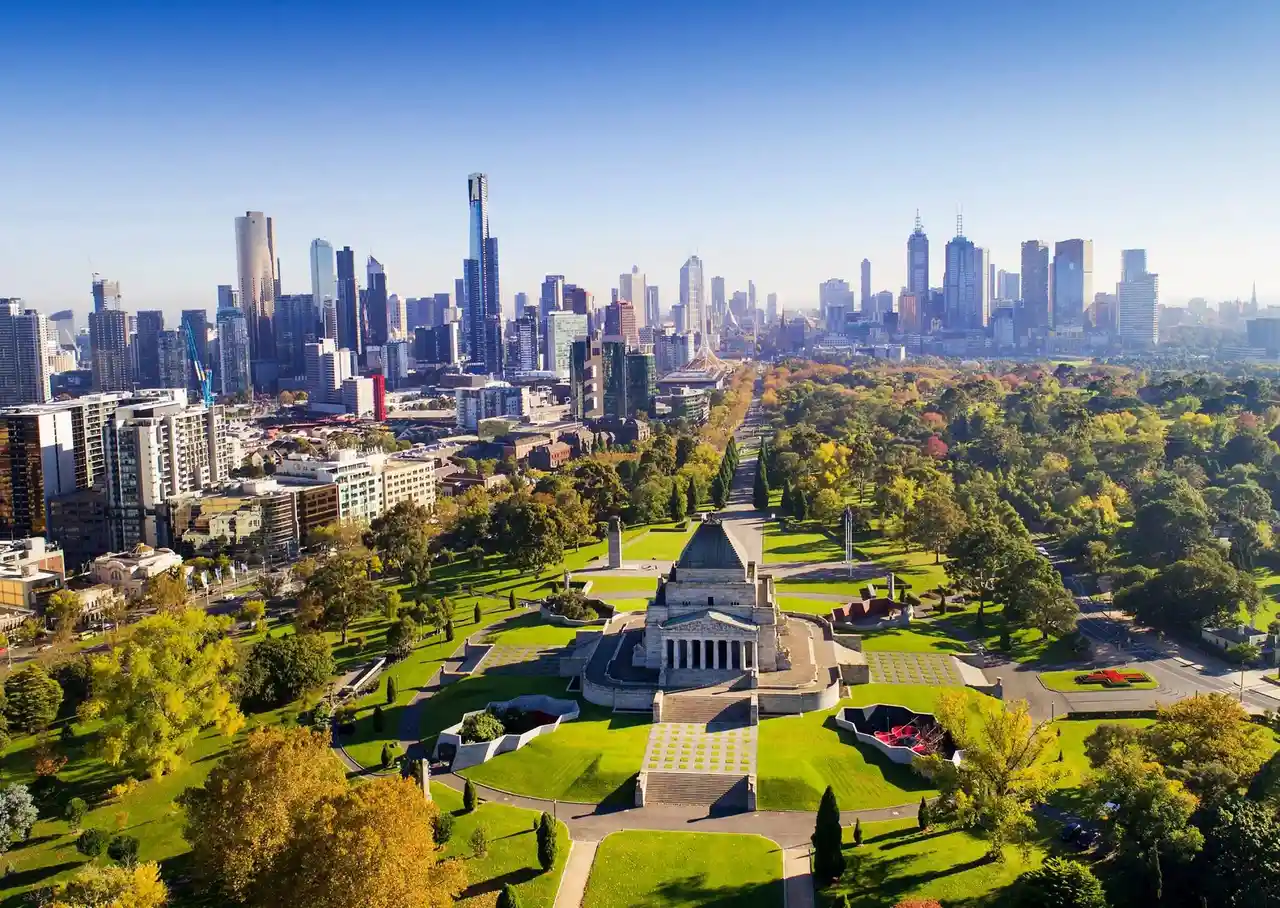
Looking for a city that marches to its own beat? Melbourne has a way of pulling you in with its hidden laneways, where street art and coffee culture collide. This cultural hub of Australia feels more like a collection of villages than a big city, from the seaside vibes of St Kilda to the hip hangouts of Fitzroy. You can catch world-class sports at the MCG, wander through the historic Queen Victoria Market, or hop on one of the iconic trams to explore the city’s endless food scene. The nearby Yarra Valley’s wineries and the Great Ocean Road’s coastal views are just a day trip away, making Melbourne a perfect base for both urban adventures and nature escapes.
Perth, Western Australia
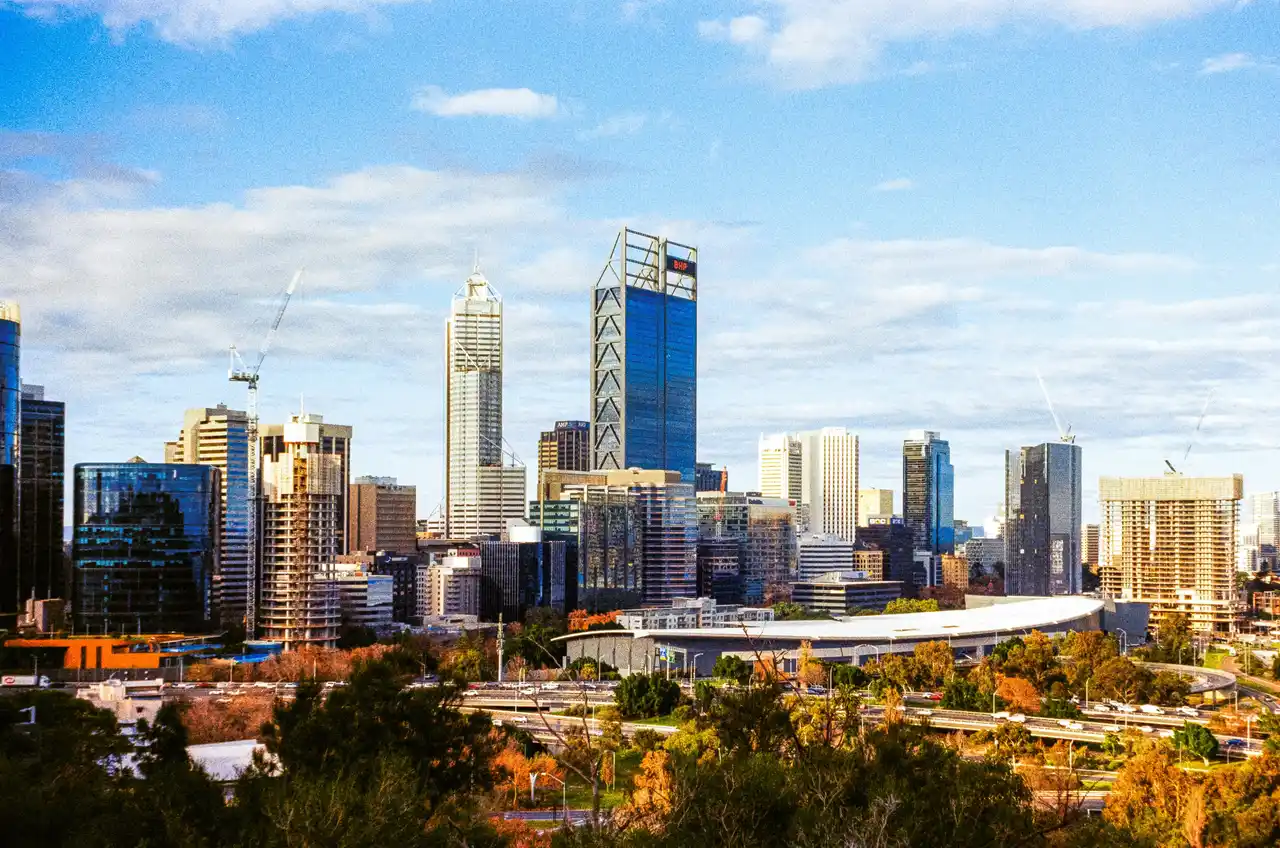
Nestled on Australia’s western coast, Perth feels like a world away from the country’s bustling eastern cities. Unlike Sydney or Melbourne, this laid-back metropolis moves at its own relaxed pace, where endless sunshine meets pristine beaches and outdoor living. The Swan River winds through the heart of the city, creating a natural playground for locals who spend weekends sailing, kayaking, or picnicking along its banks. Thanks to the city’s mining boom history, you’ll find a mix of historic buildings and modern architecture, plus plenty of green spaces like Kings Park – one of the world’s largest urban parks. The influence of Aboriginal culture is evident throughout the city, from public art installations to guided cultural tours, making Perth a unique blend of ancient traditions and contemporary Australian life.
Blue Mountains, New South Wales
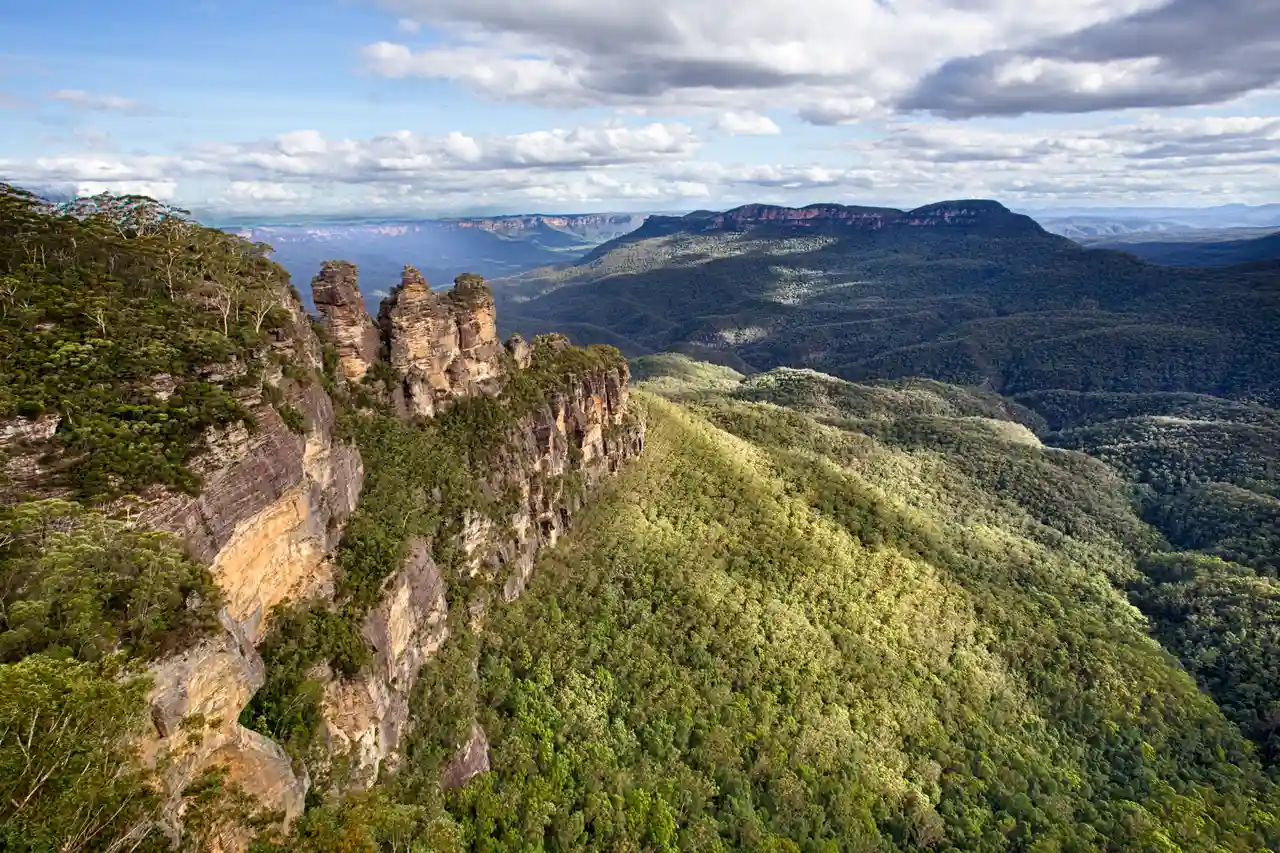
Just two hours from Sydney, the Blue Mountains offer nature lovers a playground of ancient sandstone cliffs and dense eucalyptus forests. The famous Three Sisters rock formation stands tall against the mountain backdrop, where you can snap photos from Echo Point lookout or venture down walking trails for up-close views. Take a ride on the world’s steepest railway at Scenic World, or stroll through charming mountain towns like Leura and Katoomba, filled with cozy cafes and local art galleries. For those seeking adventure, there are countless hiking paths winding through valleys and past waterfalls, perfect for both casual walks and serious treks.
Did You Know This Fact?
The Three Sisters rock formation in the Blue Mountains got its name from an Aboriginal legend about three young sisters who were turned to stone by a tribal elder to protect them from unwanted marriage proposals. Interestingly, this rugged mountain range isn’t actually blue – its trademark blue haze comes from millions of eucalyptus trees releasing tiny droplets of oil into the air, which scatter light in a way that creates the blue tint visitors see from afar.
Byron Bay, New South Wales
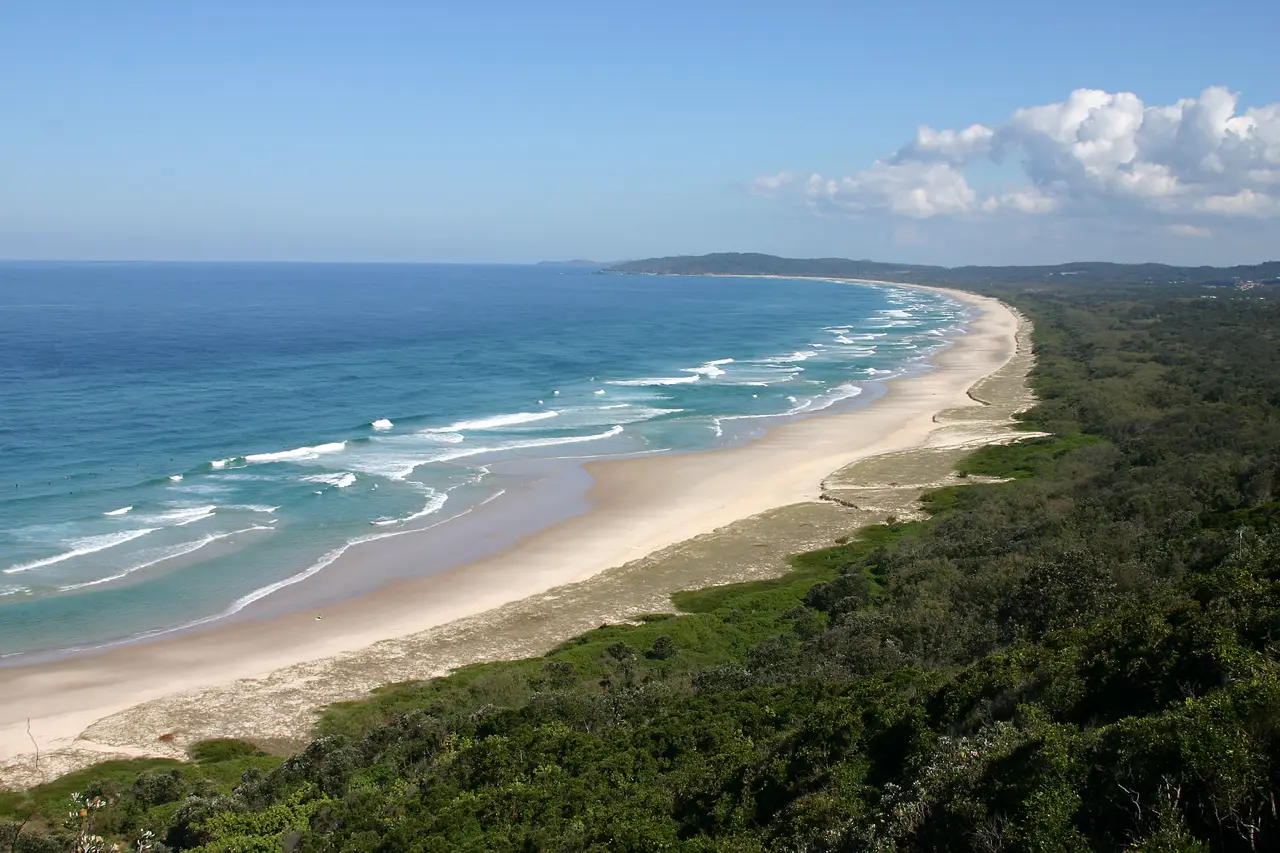
Ever seen a pod of dolphins playing in crystal-clear waters while you sip your morning coffee? That’s just another day in Byron Bay, a laid-back beach town on Australia’s east coast where surfers and free spirits have found their paradise. The most easterly point of mainland Australia, Byron Bay draws people from around the globe to its famous lighthouse walks, where you can spot migrating whales between May and November. The town’s markets buzz with local artists and organic farmers, while its beaches host everything from sunrise yoga sessions to afternoon surf lessons. At nearby Broken Head Nature Reserve, you can wander through rainforest trails that lead to secret beaches, where the only footprints in the sand might be your own.
Kakadu National Park, Northern Territory
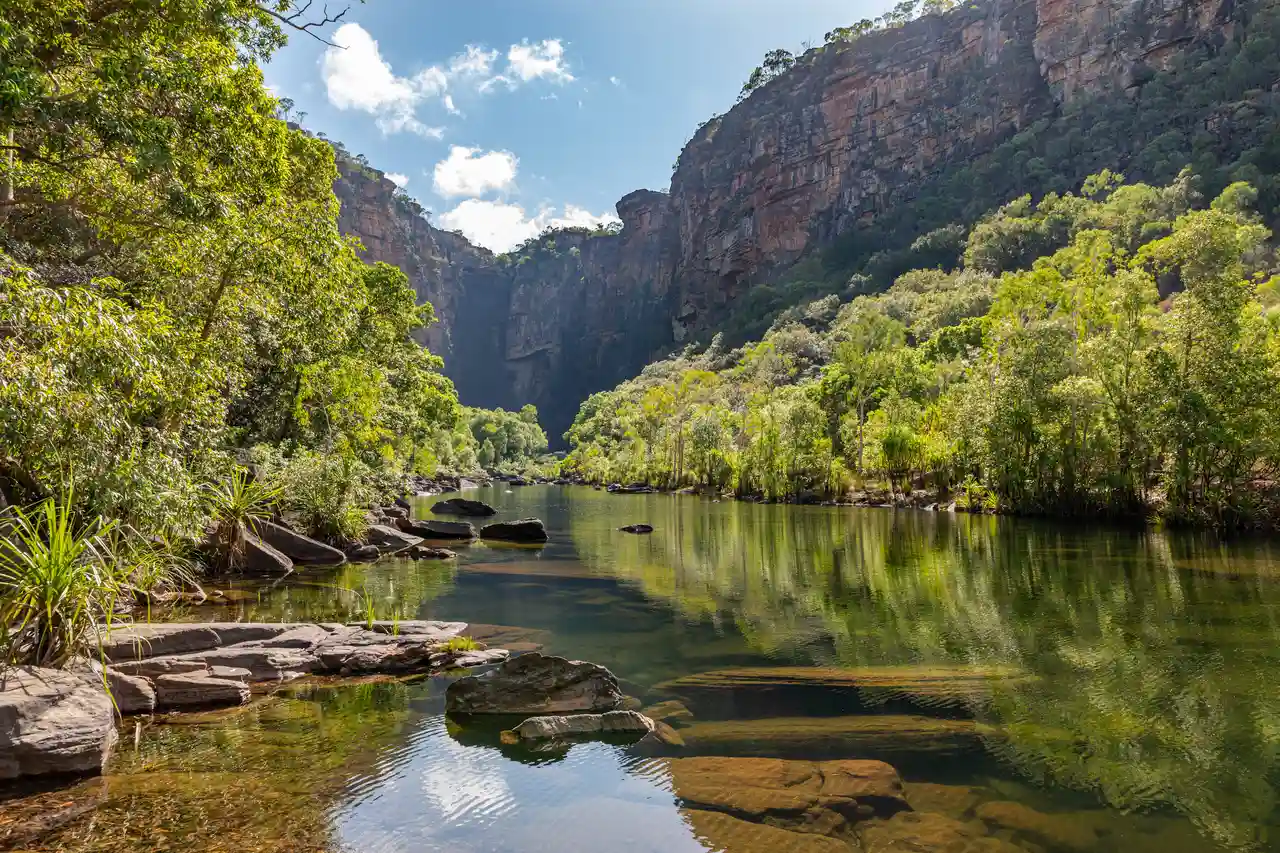
Many travelers head to Kakadu National Park for its ancient Aboriginal rock art sites, but this UNESCO World Heritage destination is also a prime spot for wildlife watching. The park’s varied landscapes – from wetlands to sandstone cliffs – are home to thousands of plant and animal species, including saltwater crocodiles and hundreds of bird varieties. While the dry season (May to October) draws visitors for easier hiking and swimming in natural pools, the wet season puts on a show with raging waterfalls and lush greenery. You can join ranger-guided tours to learn about the park’s cultural history, take a scenic flight over the escarpment, or cruise along Yellow Water Billabong to spot native wildlife in their natural habitat.
Whitsunday Islands, Queensland

Picture-perfect islands scattered across the Coral Sea, the Whitsundays first caught my eye during a Queensland road trip in 2018. Part of the Great Barrier Reef Marine Park, this collection of 74 islands sits off the coast of Airlie Beach, with only four hosting resorts. Hamilton Island serves as the main hub, while Whitehaven Beach on Whitsunday Island draws visitors with its pure white silica sand that stretches for seven kilometers. The waters here shift between shades of blue and turquoise, creating natural patterns that look like abstract art when viewed from above. Local boat tours weave between the islands, stopping at quiet coves where you can snorkel among sea turtles and tropical fish, while luxury resorts like qualia provide front-row seats to those famous Coral Sea sunsets.
Tasmania
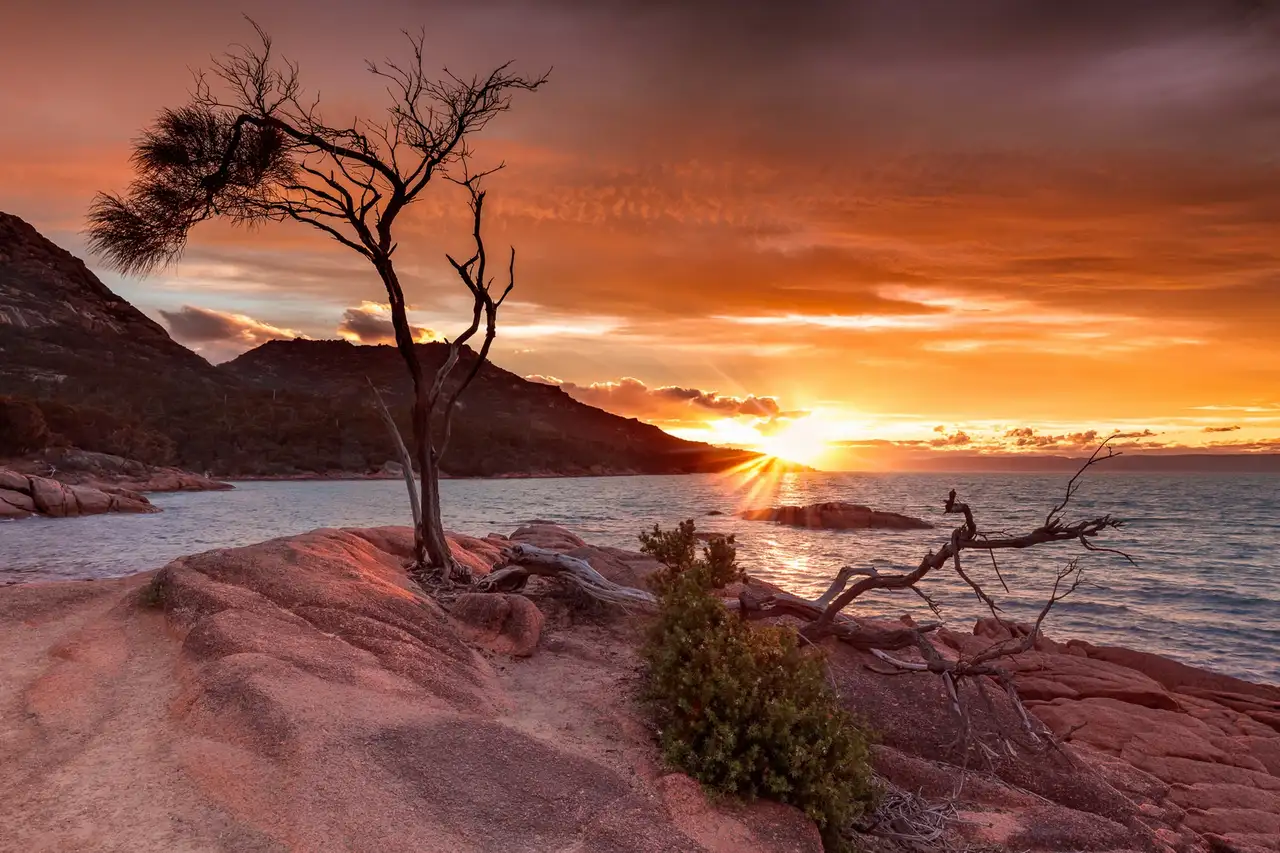
Take in the natural wonders of Tasmania, Australia’s southernmost state and largest island. This outdoor paradise offers pristine beaches, dense rainforests, and rugged mountains all within driving distance. You can spot unique wildlife like Tasmanian devils and wombats at Bonorong Wildlife Sanctuary, or explore the haunting history of Port Arthur, a former convict settlement. For food lovers, the capital city of Hobart serves up fresh seafood and local wines at the famous Salamanca Market, where you can spend Saturday mornings browsing through local crafts and produce.
Margaret River, Western Australia
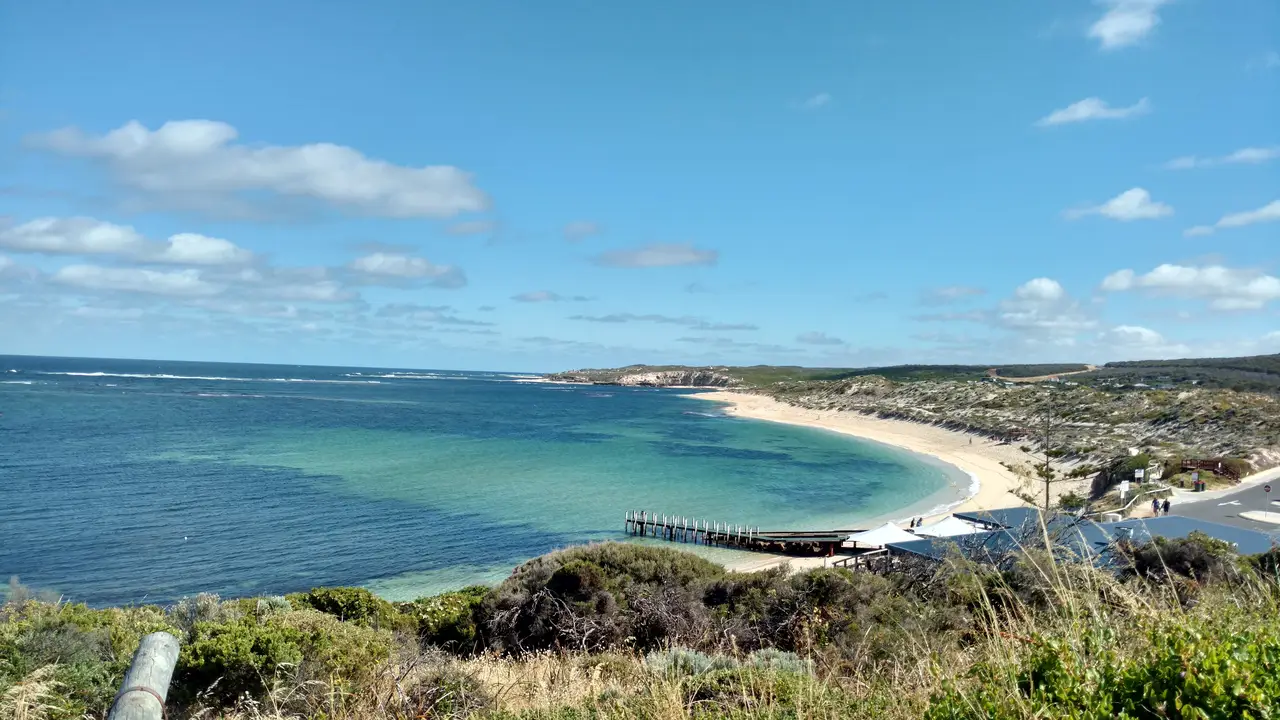
About three hours south of Perth lies Margaret River, where surfers and wine lovers come together in perfect harmony. Like other wine regions, you’ll find plenty of cellar doors and vineyard restaurants dotting the countryside. But what sets this place apart is how it seamlessly blends world-class wines with a laid-back surf culture. Drive along Caves Road, and you’ll spot wetsuit-clad surfers heading to catch waves at the same time as tourists hop between wine tastings. Thanks to the region’s unique Mediterranean climate and coastal location, Margaret River has become famous for both its Cabernet Sauvignon and its consistent surf breaks, making it a rare spot where you can catch waves in the morning and sip award-winning wines by afternoon.
Cairns, Queensland

Many travelers head to Cairns for the Great Barrier Reef, one of Australia’s most famous natural wonders, but this tropical city offers far more than just underwater adventures. The surrounding rainforest areas – including the Daintree and Cape Tribulation – provide perfect spots for wildlife watching and jungle walks. While the reef brings crowds during peak season for snorkeling and diving, Cairns keeps visitors busy year-round with its laid-back esplanade, saltwater lagoon, and nearby beaches. The weekly markets, aboriginal cultural experiences, and scenic railway to Kuranda add even more reasons to extend your stay in this gateway to Tropical North Queensland.
Adelaide, South Australia

South Australia’s capital Adelaide sits nestled between rolling hills and the Southern Ocean. While other Australian cities buzz with a frenetic energy, Adelaide moves at its own relaxed pace, letting you truly savor every moment. The city’s layout, with its ring of parks and organized grid system, makes it feel more like a large country town than a state capital. Thanks to its Mediterranean climate and rich soil, Adelaide has become Australia’s wine and food capital, with the famous Barossa Valley and McLaren Vale wine regions just a short drive away. You’ll find historic sandstone buildings housing cool basement bars, and the Adelaide Central Market – Australia’s oldest covered market – still serves as the city’s beating heart since 1869.
Kangaroo Island, South Australia
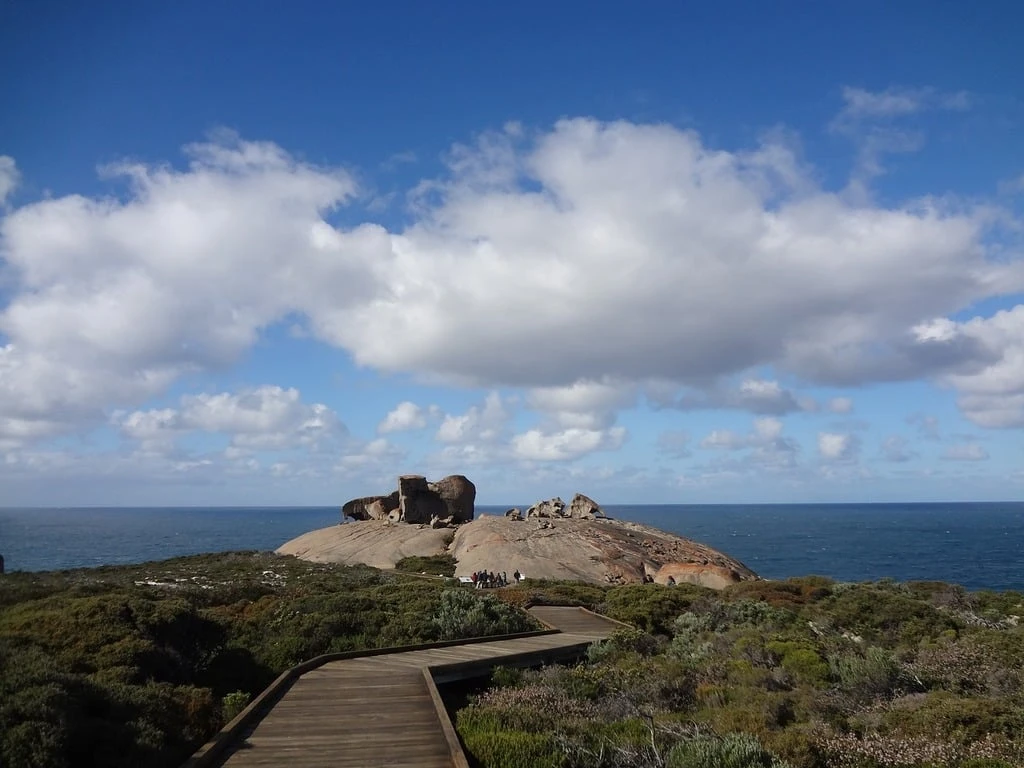
I first encountered Kangaroo Island during a road trip through South Australia in 2018. Located just off the coast of Adelaide, this natural wonderland is Australia’s third-largest island after Tasmania and Melville Island. Raw coastal cliffs and pristine beaches dot the shoreline, while the interior teems with native wildlife – from koalas lounging in eucalyptus trees to sea lions basking on the white sand at Seal Bay. The island’s Flinders Chase National Park draws visitors to its peculiar Remarkable Rocks formation, where wind-carved granite boulders perch dramatically above the Southern Ocean. Local producers craft honey from the island’s Ligurian bees and press olive oil from centuries-old groves, making this rugged paradise a food lover’s delight as much as a nature enthusiast’s dream.
Fraser Island, Queensland

If you’ve never experienced an island made entirely of sand, Fraser Island needs to be on your list. Located off Queensland’s eastern coast, this World Heritage site is the largest sand island on Earth, stretching over 120 kilometers. You can drive a 4×4 along 75 Mile Beach, swim in the crystal-clear waters of Lake McKenzie, or spot dingoes roaming freely through ancient rainforests that somehow thrive in the sandy terrain.
Broome, Western Australia
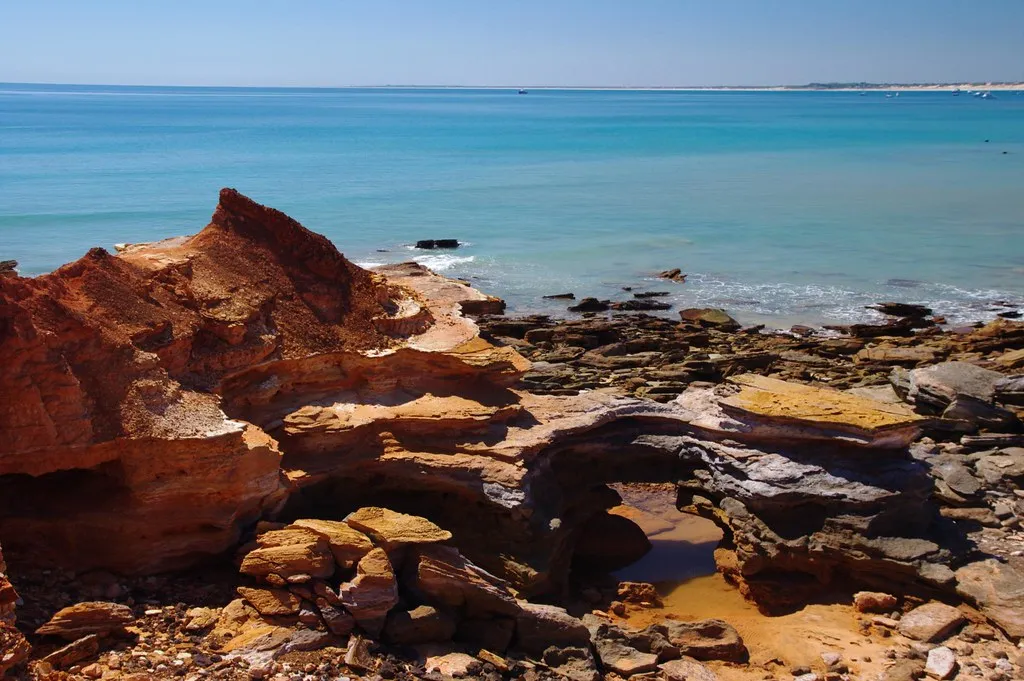
Ever watched a camel train stroll along a pristine beach at sunset? That’s just another day in Broome, a laid-back pearl fishing town where the red dirt of the outback meets the turquoise waters of the Indian Ocean. This remote outpost, 1,500 miles north of Perth, is famous for its 22-kilometer Cable Beach, where you can ride camels, watch the “Staircase to the Moon” phenomenon, or simply walk barefoot on some of Australia’s whitest sand. Head to Chinatown to learn about the town’s pearling history, or time your visit between March and October to catch migrating humpback whales playing in the warm waters just offshore.
Port Douglas, Queensland

Looking for a tropical paradise where the rainforest meets the reef? That’s Port Douglas for you, just an hour’s drive north of Cairns along one of Australia’s most scenic coastal roads. This laid-back beach town serves as the perfect launching pad to two World Heritage sites – the Great Barrier Reef and the Daintree Rainforest. You can spend your mornings snorkeling with sea turtles at the Low Isles, then hop over to the world’s oldest living rainforest for an afternoon walk among ancient ferns and towering strangler figs. The town’s Four Mile Beach, with its palm-fringed shoreline, offers the kind of postcard-perfect scenes that make Queensland famous.